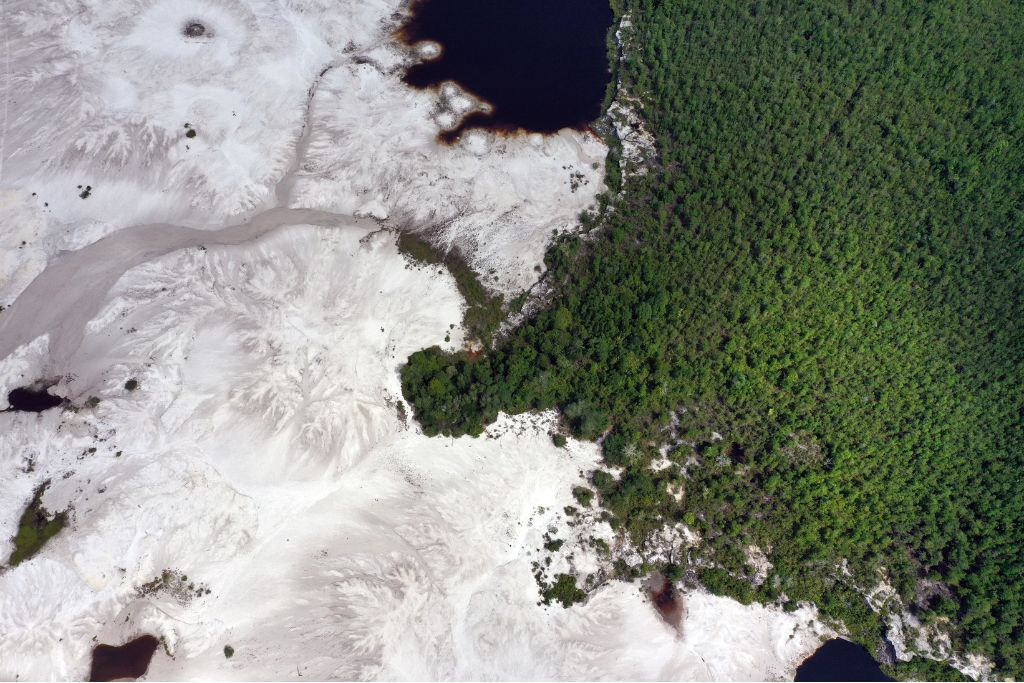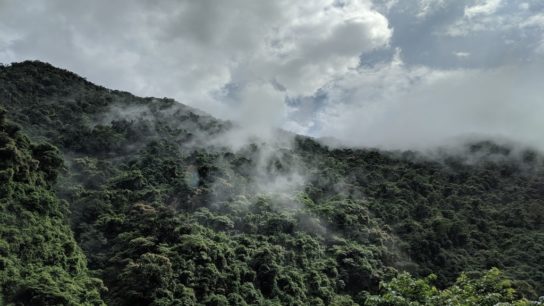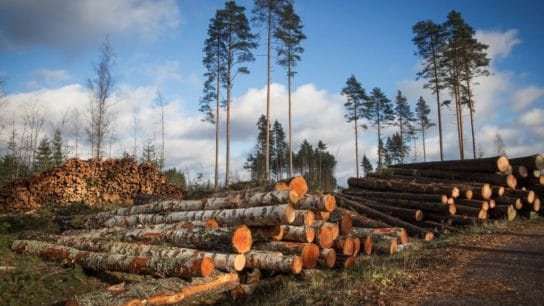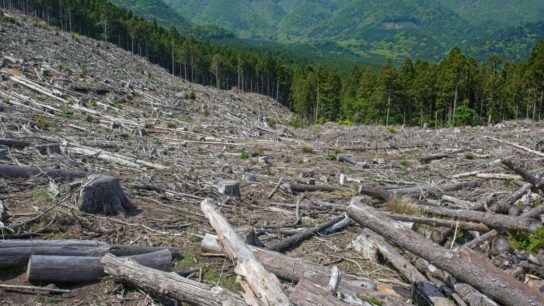The REDD+ initiative was established to incentivize forest conservation and sustainable management in developing countries. It aims to combat climate change by providing financial resources for preserving forests, particularly tropical forests, thereby enhancing carbon sequestration. However, ongoing criticisms have exposed many issues of greenwashing, community displacement, and insufficient attention to the root causes of deforestation, raising important questions about the initiative’s effectiveness in achieving its goals.
—
The REDD+ initiative, adopted in 2013 under the United Nations Framework Convention on Climate Change (UNFCCC), aimed to address the alarming rates of deforestation, which contribute approximately 20% of global carbon emissions. By promoting the reduction or cessation of deforestation, REDD+ presents a timely and cost-effective strategy for significantly lowering emissions while also offering substantial benefits for biodiversity and sustainable development in tropical countries.
Proponents of REDD+ argue that it can lead to significant reductions in global carbon emissions while protecting biodiversity and supporting the livelihoods of Indigenous communities. By providing financial support for conservation efforts, the initiative holds the potential to unlock billions of dollars for sustainable forest management and empower local communities. However, as Professor of Environmental Earth System Science Gregory Asner notes, the primary obstacles to achieving accurate global emissions measurements arise from political, institutional, and budgetary issues rather than from scientific or technical constraints.
Despite its ambitious goals, many view REDD+ with skepticism, with doubts surrounding its effectiveness.
This skepticism was reinforced by a study conducted by the UC Berkeley Carbon Trading Project and published last year, which found that approximately 25% of global carbon offset projects, including many REDD+ initiatives, are unsuitable for actual carbon dioxide (CO2) reduction.
The Crisis of Carbon Offsetting
Carbon offset programs enable individuals and organizations to invest in environmental initiatives globally to compensate for their own carbon emissions. These projects are typically located in developing countries and are primarily aimed at reducing future emissions. This may involve implementing clean energy technologies or buying and retiring carbon credits from emissions trading systems.
However, many REDD+ projects have been accused of greenwashing, a deceiving practice companies recur to when making exaggerated claims about the environmental benefits of their products and services while failing to deliver meaningful outcomes and hiding their real environmental impact. Researchers have highlighted that the benefits often accrue to project developers and companies rather than the communities and ecosystems they are intended to protect.
A nine-month investigation by the Guardian, Die Zeit and SourceMaterial in January 2023 revealed alarming discrepancies in the effectiveness of carbon offsetting, particularly within the context of REDD+. For instance, the report highlighted that more than 90% of rainforest carbon offsets certified by Verra, one of the largest certifiers in the market, are essentially worthless. These credits are often labeled as “phantom credits,” indicating that they do not correspond to real carbon reductions. This revelation poses serious questions for companies relying on these credits to claim carbon neutrality, as they may inadvertently contribute to global warming rather than mitigate it.
The investigation involved extensive analysis of scientific studies and interviews with various stakeholders, including Indigenous communities. A study from the University of Cambridge published a few months later found that the perceived threats to forests associated with Verra’s projects were exaggerated by approximately 400%. Notably, major companies such as Gucci, Salesforce, BHP, Shell, EasyJet, restaurant chain Leon, and even the rock band Pearl Jam have purchased rainforest offsets certified by Verra to bolster their environmental claims.
A flagship project in Peru also raised serious human rights concerns, when residents reported being filmed as their homes were destroyed by park guards and police. These residents described experiences of forced evictions and escalating tensions with park authorities, highlighting the broader implications of such offsetting initiatives.
While REDD+ projects are intended to support vulnerable communities, the reality is often far from it. Some projects impose restrictions on local resource use, disproportionately affecting Indigenous and smallholder communities. In severe cases, these restrictions have led to displacement and dispossession.
REDD+ has been criticized for not adequately addressing the underlying drivers of deforestation, such as large-scale agriculture, logging, and mining. Without tackling these systemic issues, REDD+ risks becoming a superficial solution that fails to create lasting change.
Addressing the Root Cause of Deforestation
Despite efforts in offsetting carbon emissions, each year approximately 10 million hectares of trees are cut down to clear land for agriculture, livestock, and the production of materials like paper. This accounts for some 16% of total tree cover loss globally, with 96% occurring in tropical forests.
The aforementioned studies prove that REDD+ fails to adequately address the underlying drivers of deforestation, such as large-scale agriculture, logging, and mining, focusing instead on carbon credits and financial incentives without tackling the political and economic forces that lead to environmental degradation.
The popularity of offsetting projects has surged, with many companies claiming reductions in their carbon footprints through these initiatives. The voluntary carbon-offset market is projected to expand from US$2 billion in 2021 to between $10 billion and $40 billion by 2030, involving transactions of 0.5 to 1.5 billion tonnes of carbon dioxide equivalent, compared to 500 million tonnes currently. By mid-century, its value could exceed $250 billion.
However, research has shown that the benefits of carbon credits are frequently overestimated. Speaking with the Guardian, Gilles Dufrasne, policy lead on global carbon markets for Carbon Market Watch, said biodiversity, climate, and local communities are not receiving the support they need. He argued that the current offsetting system is ineffective and needs reform, emphasizing that the focus should shift to directing funds to genuine conservation efforts rather than merely generating credits.
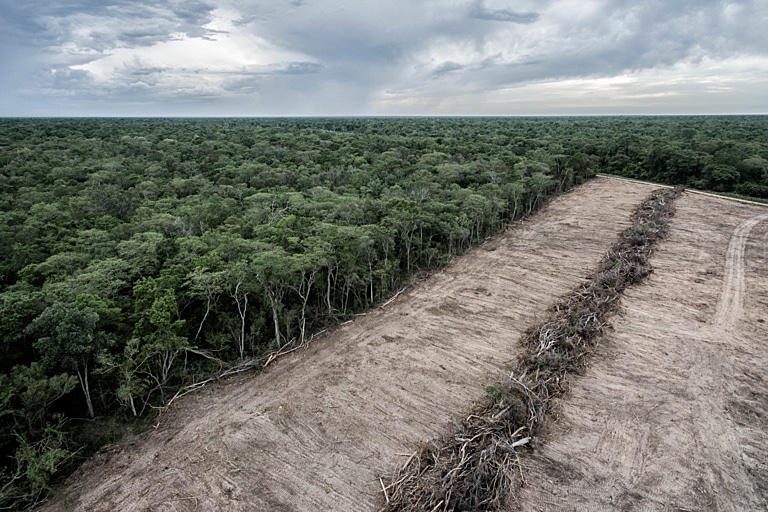
“Offsetting should be axed. It cannot work in its current form, and carbon markets must evolve into something different. The focus should be on getting money to the right place, rather than getting as many credits as possible,” he said.
Outlook
Many REDD+ projects lack robust monitoring and verification processes, leading to inflated success claims and undermining trust in the carbon credit system. While REDD+ has potential, its implementation leaves much to be desired.
To effectively combat tropical deforestation, governments should focus on the primary driver of climate change – fossil fuel emissions – through enacting legislation to promote sustainable trade and reducing demand for deforestation-linked products.
The European Union has already done so by banning imports from deforestation-risk areas and requires companies to prove their products do not contribute to deforestation.
You might also like: Explainer: All You Need to Know About the EU Deforestation Regulation
Supporting forest management initiatives led by Indigenous communities is also crucial, given their deep knowledge of forest conservation. Additionally, adequate climate finance is necessary to help developing countries meet their commitments under the Paris Agreement and the Convention on Biological Diversity.
At the COP29 climate summit, the pressing need for stronger commitments to forest conservation was evident, but discussions fell short.
The newly established target of $300 billion annually by 2035 was deemed insufficient by many delegates, who highlighted that $1.3 trillion is needed each year for climate adaptation and mitigation in developing countries. Calls for prioritizing forest protection and Indigenous rights went largely unaddressed. For REDD+ to be effective, it must evolve into a comprehensive initiative that truly supports forest conservation and the rights of affected communities. Collective action and accountability are essential for meaningful progress in combating climate change and preserving forests.
This story is funded by readers like you
Our non-profit newsroom provides climate coverage free of charge and advertising. Your one-off or monthly donations play a crucial role in supporting our operations, expanding our reach, and maintaining our editorial independence.
About EO | Mission Statement | Impact & Reach | Write for us




